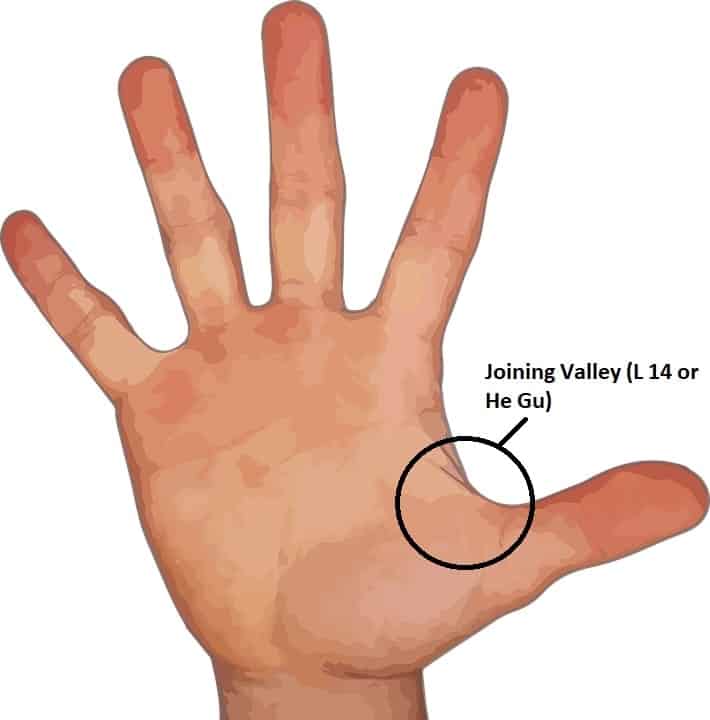For many people all over the world, migraine headaches are an unfortunate fact of life. Sufferers who experience frequent migraines often feel at a loss of how to treat them, because many medications and over-the-counter painkillers can be quite harsh. Given that migraines can be triggered by a whole range of things such as allergies, bright lights, stress, overtiredness, jet lag, smoking, dehydration, alcohol and hormonal changes, it can be hard to know how to treat them.
There are many different avenues of preventive medications when dealing with migraines, such as beta-blockers, herbs, vitamins, exercise, antidepressants and even Botox, but one particularly effective and non-invasive treatment is acupuncture/acupressure. Acupuncture makes use of hair-thin needles, while acupressure uses firm pressure by way of the hand and/or fingers. While these two styles are different in delivery they act much the same way: by triggering the stimulation of the body’s innate healing ability.
Acupuncture/acupressure is an ancient therapy that was discovered by the Chinese going as far back as 5,000 years. They realized that pressing certain points of the body (known as acupoints or meridian points) encouraged pain relief and other benefits like the release of tension, promotion of blood circulation and encouraging an overall feeling of wellness. Practitioners of Traditional Chinese Medicine (TCM) believe that if these meridian points are blocked, it can result in a wealth of physical, mental and emotional issues.
So if you suffer from frequent migraines or headaches, here are the 10 best acupressure points for pain relief.

1. Joining Valley (L 14 or He Gu)
The first acupressure point is called Joining Valley, otherwise known as L 14 or He Gu. It’s considered to be the most important pain relief point for the whole body, and is the most commonly used in clinical acupressure practice. It’s also believed to regulate sweating and promote labor – and as such, pregnant women should avoid this acupoint entirely.
The Joining Valley pressure point is found on the hand webbing between the thumb and the index finger. To find this point, simply take your right hand and press your thumb up against your index finger. Joining your thumb to your index finger like this should create a slight mound at the base of your thumb – which is how the name ‘Joining Valley’ came to be. Another name for this acupressure point is Tiger’s Mouth, as it can also create the impression of a tiger’s lower jaw when the space between the thumb and index finger is opened and closed.
To utilize this acupressure point for pain relief, begin by first finding your Joining Valley. Press your thumb up against your index finger. Notice how it creates a long crease (the ‘Valley’) between those two digits? The tip of that crease is where you’ll find this acupressure point. Once you’ve found it, take the index finger and thumb of your opposite hand and begin applying deep, firm pressure. Hold for at least 10 seconds, remembering to breathe slowly and deeply, before releasing. Do the same thing with your other hand and repeat until your pain begins to dissipate.
This acupressure point can be particularly sensitive, so if it feels especially tender, apply as much pressure as you’re comfortable with. It doesn’t need to hurt in order to be effective. It can be performed on yourself or someone else, and you can do it as often as necessary. Again, please note that pregnant women should avoid stimulating this acupoint, as it can cause premature uterine contractions.
